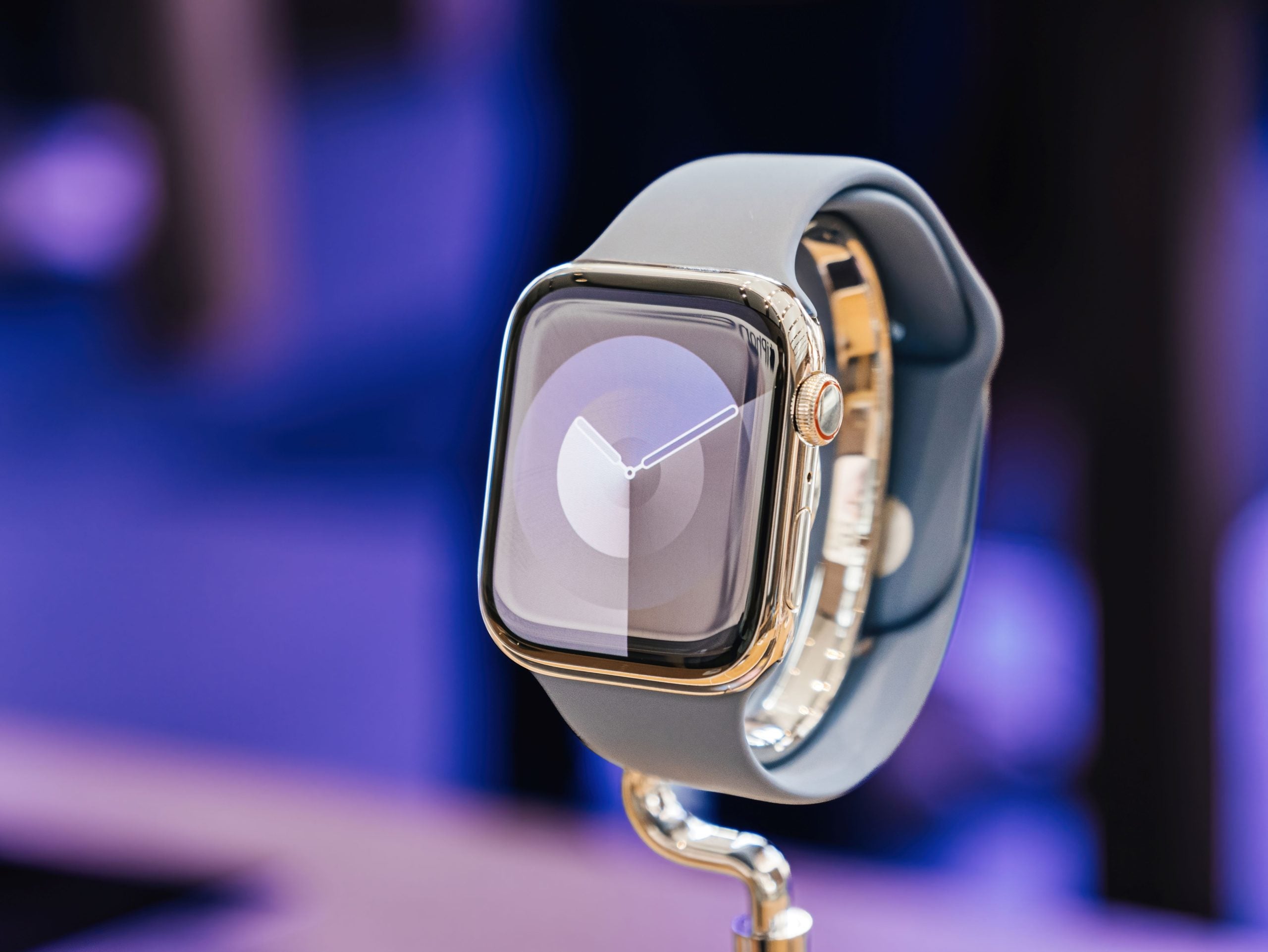
In response to a recent ruling by the US Court of Appeals, Apple has announced that it will exclude blood oxygen monitoring from its Apple Watch in the US. The decision comes as Apple engages in a legal battle over patents related to this technology.
The legal dispute, which may take up to a year to resolve, prompted Apple to opt for the removal of the blood oxygen feature rather than withdrawing the device from sale from such an important market.
The affected models, Apple Watch Series 9 and Ultra 2, without the blood oxygen feature, will be available for purchase on Apple’s website and in stores on Thursday.
The dispute involves medical technology company Masimo, which secured a decision from the US International Trade Commission (ITC) in December to halt imports of the devices.
Apple, expressing strong disagreement with the ITC decision, aims to have the orders reversed. Existing Apple Watches and devices sold outside the US remain unaffected.
Series 9 and Ultra 2 models sold in the US will still display an app icon for the blood oxygen features. However, users tapping on these icons will be informed that the features are unavailable.
While Apple Watch sales are smaller compared to the flagship iPhone, they play a crucial role in the company’s wearables sales segment, contributing significantly to the overall revenue.

Access deeper industry intelligence
Experience unmatched clarity with a single platform that combines unique data, AI, and human expertise.
The ITC’s import ban on Series 9 and Ultra 2 Apple Watches briefly went into effect on December 26 but was lifted on 27 December while considering Apple’s request for a long-term pause.
Masimo has accused Apple of hiring away its employees and stealing its pulse oximetry technology for use in Apple Watches. Apple has countersued Masimo for patent infringement, claiming that Masimo’s legal actions are a strategic move to pave the way for its competing watch.
Apple has asked for the ban to be put on hold throughout the appeals process, arguing that it is likely to win the appeal and that maintaining the ban would harm the company.
The wearables, home, and accessory business, including the Apple Watch, brought in $8.28bn in revenue during the third quarter of 2023, according to an Apple company report.
The wearable tech industry was worth $99.5bn in 2022 and will reach $290.6bn by 2030, expanding at a compound annual growth rate (CAGR) of 14.3% between 2022 and 2030, according to GlobalData’s Thematic Intelligence: Wearable Tech (2023) report.
In 2022, smartwatches accounted for 39.1% of the overall wearables market, according to GlobalData figures, mostly attributable to strong demand for Apple, Samsung Electronics, and Xiaomi devices.

US Tariffs are shifting - will you react or anticipate?
Don’t let policy changes catch you off guard. Stay proactive with real-time data and expert analysis.
By GlobalDataThe growing willingness of consumers to access smartphone-like features from their smartwatches is a major growth driver.
Sensor-driven health and fitness information access, contactless payment, music streaming, location tracking, and the customisation potential of bands and watch faces are some of the most popular smartwatch features.







